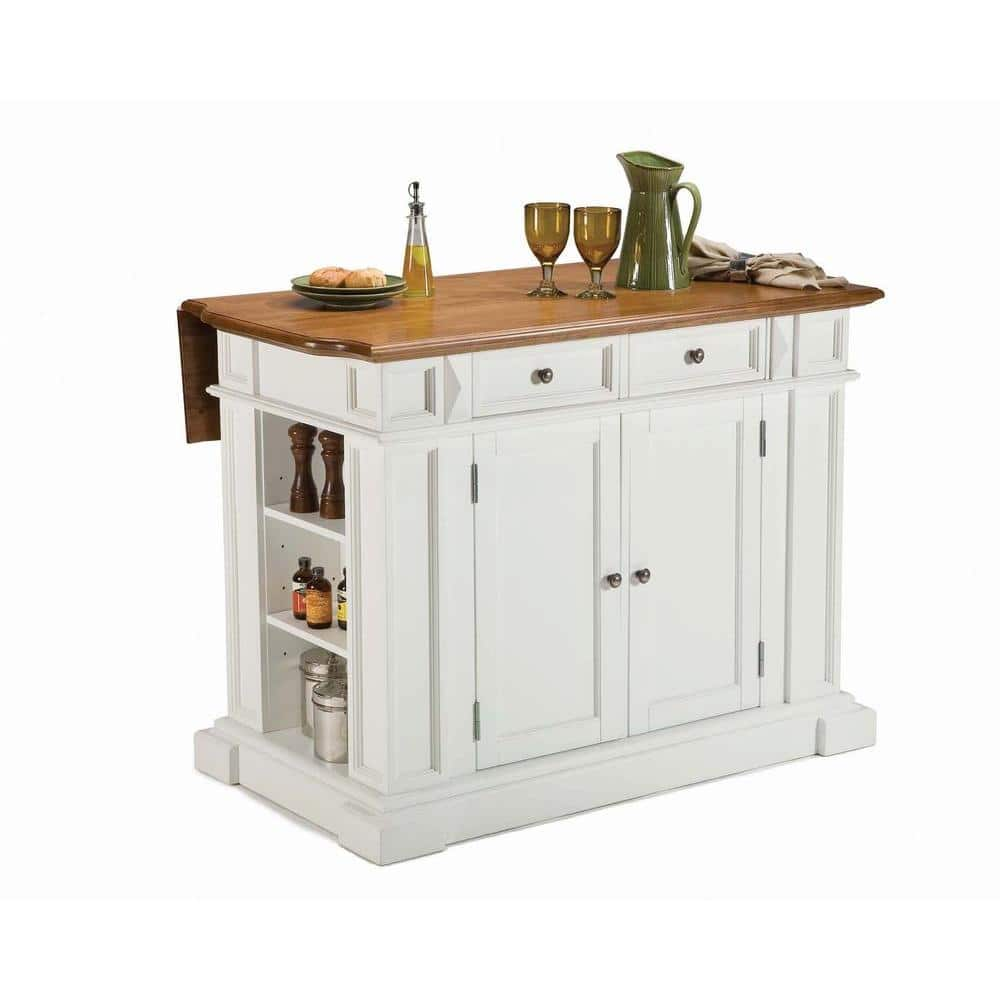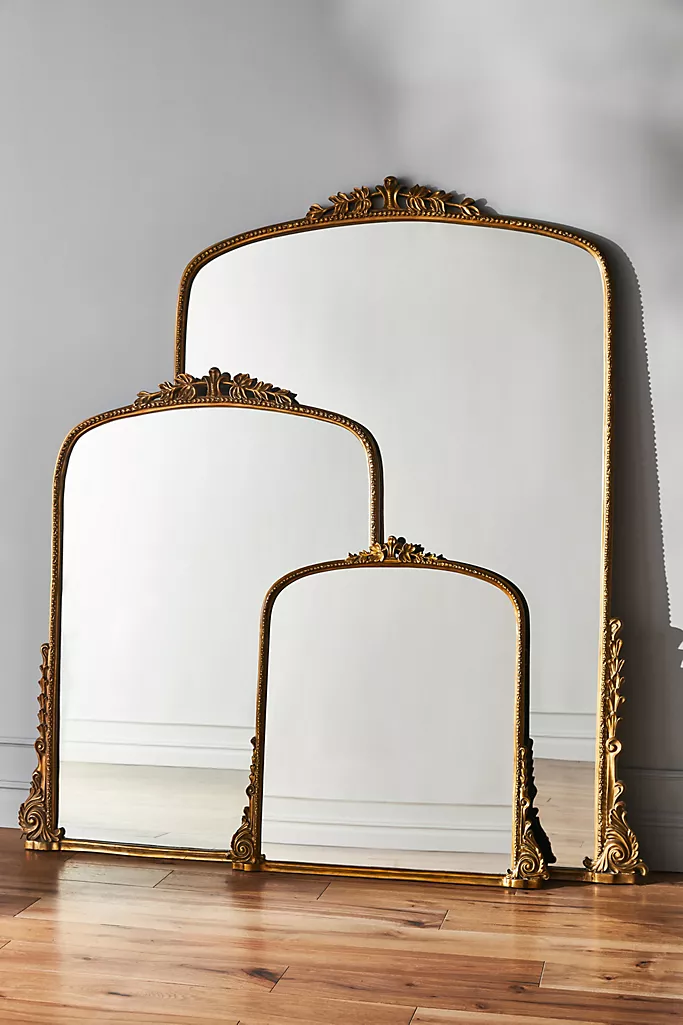HOMESTYLES Americana White Kitchen Island With Drop Leaf
Adjustable shelves with open storage on each end. Classic white color blends seamlessly with any decor. Convenient drop leaf rises to provide dining / serving space.
Home Styles Kitchen Island is constructed of solid hardwoods and engineered wood with a rich White finish. This island also has a distressed Oak finished top for an aged look. Features include convenient drop leaf that rises to provide dining / serving space, antique nickel hardware, easy glide storage drawer, adjustable shelves inside, and open storage on each end with an adjustable shelf.
- Drop leaf extends when more surface is needed and folds down to save space.
- An easy-glide storage drawer, two fixed shelves, and four adjustable shelves accommodate a variety of kitchen items.
- Off-white finish is refined and timeless.
- Hardwood and engineered wood offers incredible structural strength and durability.
- Some assembly required using our easy-to-understand directions.
- Furniture conveniently delivers straight to your home.
- U.S.-based Homestyles has delivered exceptional online furniture experiences for more than 20 years
Additional information
| Dimensions | H 36.5 in, W 49.75 in, D 26.5 in |
|---|---|
| Depth | Standard (21-36 in.) |
| Width | Standard (40-55 in.) |
| Manufacturer Warranty | 30 days parts replacement |






by Anna
I needed more counter space and storage space in my kitchen and had been eyeing this litter number here for a while. I totally love it; it matches my kitchen decor and the drop leaf provides much needed extra counter space and also a cozy seating area. I give it 5 stars for both aesthetics and workmanship. I would have loved to have a towel rack but I can live without it. Thanks to Home Depot for delivering a highly styled piece of kitchen furniture and also for quick delivery. I’m a happy customer.
by Renee
This is a nice looking kitchen island. I had help building it, but it wasn’t too bad to put together. The instructions were decent. It seems like it will last. I’m happy with my purchase.
by Chris
Beautiful, better than I expected and easily put together with 2 people.
by Thomas
This island took a couple of hours to assemble but was well worth the HD discount and its functionality. It also serves as a peninsula if you use one end sparingly.
by Cathy
Very sturdy and easy assembly.